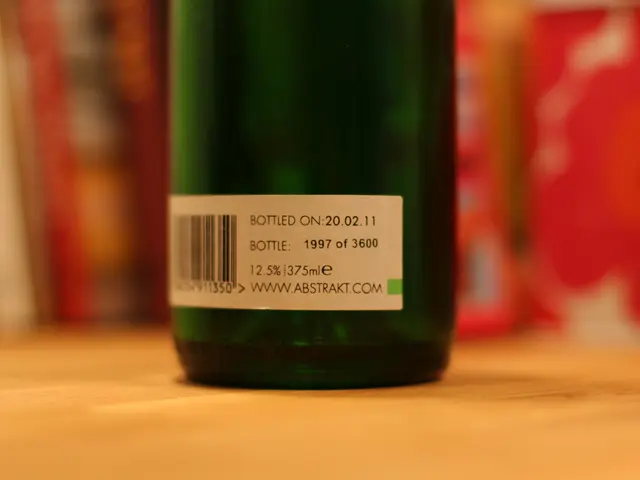Candidalysin's Dual Role in *Candida albicans* Discovered
Researchers have uncovered the dual role of candidalysin, a toxin produced by the yeast Candida albicans. This protein, when balanced, aids in oral colonization but too much triggers inflammation. Conversely, too little hinders colonization.
Candidalysin, a peptide produced by Candida albicans, plays a pivotal role in its invasion and colonization of tissues. A study led by Julian R. Naglik's research group highlighted its significance. The toxin's discovery and characterization were detailed in a 2015 article by Wilson et al. in Nature Microbiology, emphasizing its importance in pathogenicity and immune response.
The yeast can switch between a round, yeast form and thread-like hyphae, causing infections in immunocompromised individuals. The gene EED1 regulates this hyphal formation, indirectly influencing candidalysin production. In its hyphal form, Candida albicans directly attacks host cells using candidalysin. The balance of this toxin is crucial; too little prevents oral colonization, while too much triggers an inflammatory immune response. This balance explains why candidalysin has been evolutionarily preserved, allowing Candida albicans to survive in the mouth without triggering a strong immune response when produced in small amounts.
Candidalysin's role in Candida albicans infections is complex and finely balanced. Understanding its production and effects can help in developing targeted treatments for candidiasis. Further research, especially into specific aspects like oral colonization, is ongoing and promising.
Read also:
- Qur'an Emphasizes Fatherhood Through Stories of Prophets
- Capella Nursing Students Gear Up for Crucial FPX 4050 Assessments
- Comprehensive Overview of Addressing Traumatic Brain Injuries (TBIs)
- Enhanced Health Services Provisioned by San Diego Academic Health Partnership Continues During COVID-19 and Beyond






